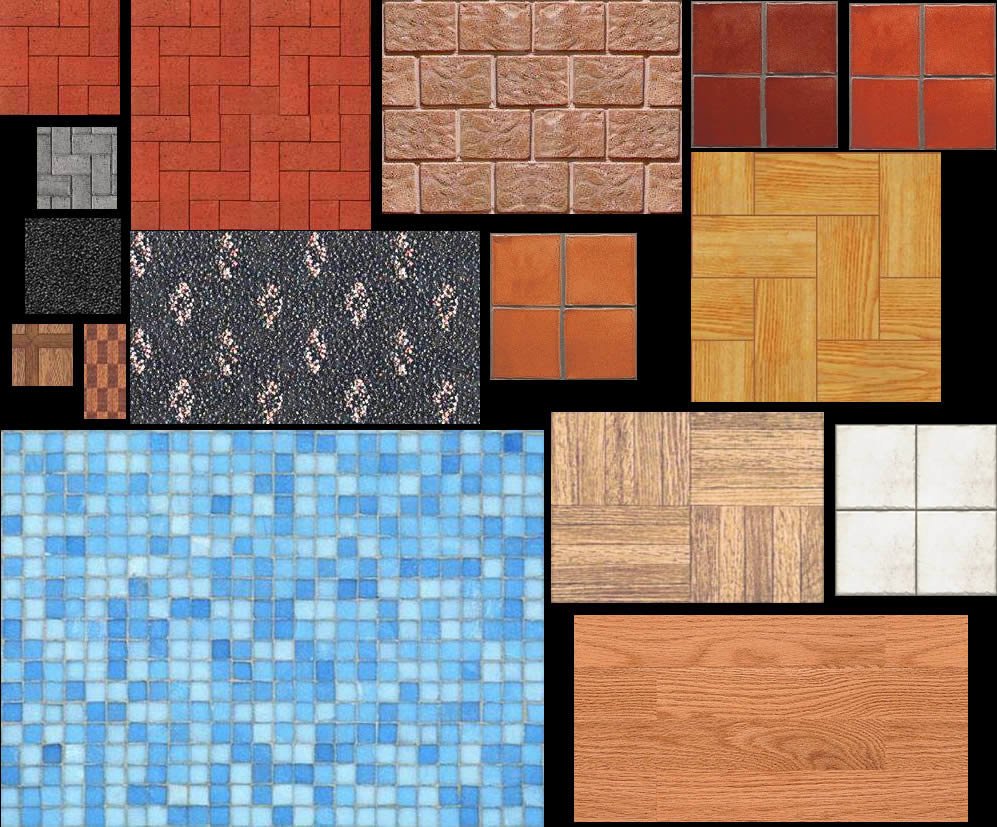Honduras is a country rich in culture and tradition, and one of the most significant aspects of its heritage is its ceramics. The art of pottery has been practiced for centuries, with techniques and styles passed down through generations. This craft not only serves practical purposes but also showcases the creativity and identity of the Honduran people. From traditional methods to contemporary designs, the world of ceramics in Honduras is both fascinating and diverse.
In this article, we will delve into the various tipos de ceramicas en honduras, exploring their historical significance, artistic techniques, and the cultural narratives they embody. Understanding these different types of ceramics provides insight into the daily lives of Hondurans and the ways in which they express their identity through art. Whether you're an art enthusiast, a collector, or simply curious about Honduran culture, this exploration will enrich your appreciation for these remarkable creations.
Join us as we navigate through the vibrant landscape of Honduran pottery, uncovering the stories behind each piece and the artisans who create them. From utilitarian wares to decorative art, the ceramics of Honduras reflect a unique blend of indigenous traditions and modern influences. Let's dive into the wonderful world of tipos de ceramicas en honduras and discover what makes them so special.
What are the Different Types of Ceramics in Honduras?
Honduran ceramics can be categorized into several types, each with distinct characteristics and purposes. Here are some of the most notable types:
- Traditional Pottery: Often made by hand using age-old techniques, these pieces serve various functional purposes.
- Decorative Ceramics: These are artistic creations, often embellished with vibrant colors and intricate designs.
- Functional Wares: Items created for everyday use, such as bowls, plates, and pots, which combine utility with style.
- Terracotta Art: This type features sculptures and decorative pieces made from clay, highlighting the artisan's skill and creativity.
Why is Ceramics Important to Honduran Culture?
The significance of ceramics in Honduras extends beyond mere aesthetics; it is deeply intertwined with the country’s cultural identity. Here are a few reasons why ceramics hold such importance:
- Cultural Heritage: Pottery reflects the history and traditions of indigenous communities.
- Artistic Expression: Ceramics allow artisans to express their creativity and personal stories.
- Economic Value: Pottery is a source of income for many artisans, contributing to local economies.
- Community Identity: Ceramics often represent the unique identity of various regions in Honduras.
How are Traditional Ceramics Made in Honduras?
The process of creating traditional ceramics in Honduras is an art form that requires skill, patience, and a deep understanding of materials. Here’s a brief overview of the process:
- Gathering Materials: Artisans source local clay, which is essential for the pottery-making process.
- Shaping the Clay: The clay is molded into desired forms, either by hand or using a potter's wheel.
- Drying: The shaped pottery is left to dry, ensuring that it retains its form.
- Firing: The dried pieces are fired in a kiln, which hardens the clay and makes it durable.
- Glazing and Decoration: Finally, artisans apply glazes and decorations, bringing color and life to the ceramics.
What Are Some Popular Ceramic Styles in Honduras?
Honduran ceramics showcase a variety of styles, each representing different traditions and artistic influences. Some popular styles include:
- Chamba Pottery: Known for its black finish and intricate designs, often used for cooking and serving.
- Copan Ceramics: Inspired by the ancient Mayan civilization, featuring elaborate motifs and symbols.
- Olancho Pottery: Characterized by vibrant colors and playful designs, often depicting local flora and fauna.
Who are the Notable Ceramic Artists in Honduras?
Throughout history, numerous artisans have made significant contributions to the world of Honduran ceramics. Their work not only preserves traditional techniques but also pushes the boundaries of contemporary pottery. Some notable ceramic artists include:
- Maria Elena Rodriguez: Renowned for her stunning decorative pieces that combine traditional and modern elements.
- José Luis Pineda: A master potter known for his functional wares with unique glazing techniques.
- Rosa Elena Martinez: Creates vibrant, colorful pottery that reflects the natural beauty of Honduras.
How is the Ceramics Industry Evolving in Honduras?
The ceramics industry in Honduras is experiencing a transformation, embracing new technologies and trends while honoring traditional practices. Here are some key developments:
- Increased Demand: There is a growing appreciation for handmade ceramics among both locals and tourists.
- Workshops and Training: Many artisans are now offering workshops to teach pottery-making skills to the next generation.
- Sustainable Practices: Artisans are increasingly adopting eco-friendly methods and materials to minimize environmental impact.
What Role Does Tourism Play in Promoting Honduran Ceramics?
Tourism has become a vital force in promoting Honduran ceramics, providing artisans with opportunities to showcase their work to a broader audience. Here’s how tourism contributes:
- Market Access: Tourists often seek authentic souvenirs, creating demand for local ceramics.
- Cultural Exchange: Visitors engage with artisans, learning about the craft and its cultural significance.
- Support for Local Economies: Increased sales of ceramics directly benefit artisans and their communities.
Conclusion: Celebrating the Richness of Ceramics in Honduras
In conclusion, the tipos de ceramicas en honduras represent more than just artistic creations; they embody the rich cultural heritage and vibrant identity of the Honduran people. From traditional pottery to contemporary designs, these ceramics tell stories of history, community, and creativity. As we continue to explore and appreciate these unique art forms, we contribute to the preservation of a vital aspect of Honduran culture. Whether you're an art lover, a collector, or simply someone interested in learning more about this beautiful craft, the world of Honduran ceramics invites you to discover its depth and diversity.
Keto Caramel Macchiato: A Delicious Twist From Starbucks
Transformative Glow: Pics Of Senior Citizens Before And After Spray Tan
Exploring The "Got Any Games Meme": A Dive Into Internet Culture


